Ugly ear mushroom, scientifically known as Tremella fuciformis and commonly referred to as snow fungus or white jelly mushroom, is a prized ingredient in Asian cuisine and traditional medicine. Renowned for its gelatinous texture and health benefits, including skin hydration and immune support, this fungus requires precise cooking techniques to unlock its signature stickiness. This article delves into the science and steps behind transforming dried ugly ear mushroom into a luscious, viscous delight, ensuring your dishes achieve the coveted “sticky” consistency.

Understanding Ugly Ear Mushroom: Nature’s Gelatin
Before diving into cooking methods, it’s essential to grasp why ugly ear mushroom becomes sticky. Unlike starchy vegetables or grains, its stickiness stems from polysaccharides—long-chain sugars like beta-glucans and uronic acids. These compounds absorb water and swell during cooking, creating a gel-like matrix. The mushroom’s natural structure, with its delicate, lacy folds, maximizes surface area, allowing these polysaccharides to leach out efficiently when rehydrated and heated.
Preparation: The Foundation of Stickiness
Proper preparation is non-negotiable for achieving stickiness. Skipping steps here can result in a watery, lackluster texture.
-
Soaking:
- Place dried ugly ear mushroom in a large bowl and cover with cold water. Avoid hot water, as it can denature proteins and disrupt polysaccharide release.
- Soak for 4–6 hours (or overnight in the refrigerator). Change the water every 2 hours to remove impurities and bitterness.
- The mushroom will expand to 3–5 times its original size. Over-soaking can lead to a mushy texture, so adhere to the timeframe.
-
Cleaning:
- Gently rinse the soaked mushroom under running water. Use your fingers to dislodge any debris trapped in its crevices.
- Trim the tough, yellowish base with kitchen shears. This part resists softening and dilutes the dish’s texture.
-
Tearing:
Tear the mushroom into bite-sized pieces by hand. Avoid knives, as they can create clean edges that inhibit polysaccharide release. Irregular, jagged edges expose more surface area, promoting gelatinization.
Cooking Methods: Stovetop vs. Slow Cooker
The goal is to maintain a gentle, consistent heat to coax out polysaccharides without breaking them down.
Stovetop Method (Traditional Approach)
-
Water Ratio:
- Use 1:8 mushroom-to-water ratio (e.g., 1 cup dried mushroom = 8 cups water). Too little water risks scorching; too much dilutes the gel.
-
Simmering:
- Place the mushroom and water in a heavy-bottomed pot (e.g., enameled cast iron). Bring to a bare simmer over low heat—not a rolling boil.
- Maintain the simmer for 5–2 hours, stirring occasionally to prevent sticking. The water should reduce by about 25%, concentrating the gel.
-
Additives for Enhancement:
- Sweet Dishes: Add rock sugar, jujube, or goji berries in the last 30 minutes for a dessert-style consistency.
- Savory Dishes: Incorporate chicken broth, ginger, or wolfberries early in cooking for umami depth.
Slow Cooker Method (Hands-Off Approach)
-
Initial Simmer:
Follow the stovetop method’s first 30 minutes to jumpstart gelatinization.
-
Transfer to Slow Cooker:
- Move the mixture to a slow cooker set on low. Cook for 6–8 hours. The low, steady heat mimics a double boiler, preventing scorching.
-
Final Touches:
Stir in collagen-rich ingredients like pork bones or silver ear mushrooms (another gelatinous fungus) during the last hour for added richness.
Key Factors for Stickiness
-
pH Balance:
Avoid acidic ingredients (e.g., vinegar, lemon) during cooking, as they can destabilize polysaccharides. Add citrus or tart flavors post-cooking if desired.
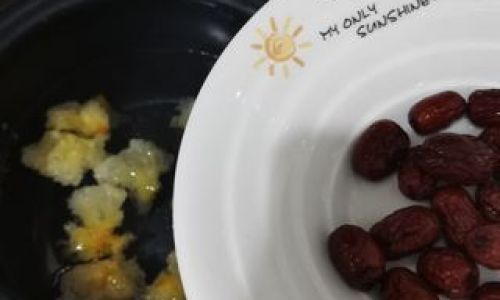
-
Stirring Technique:
Stir gently with a wooden spoon to avoid shearing the mushroom’s delicate strands. Over-agitation breaks the gel network.
-
Cooling Period:
Let the cooked mushroom cool to room temperature. As it chills, the polysaccharides realign, thickening the liquid further. Reheat gently before serving.
Troubleshooting Common Issues
-
Too Watery:
- Reduce the liquid by simmering uncovered for 15–20 minutes.
- Next time, decrease the initial water ratio or extend cooking time.
-
Not Sticky Enough:
- Ensure thorough soaking and trimming. Under-soaked mushroom retains tough fibers.
- Check for expired or low-quality dried mushroom. Older batches may have degraded polysaccharides.
-
Burnt Bottom:
Use a diffuser under the pot or switch to a slow cooker. A heavy-bottomed pot distributes heat more evenly.
Science Behind the Stickiness: Polysaccharides Unveiled
The magic lies in thermoreversible gelation. As the mushroom cooks, heat disrupts hydrogen bonds in its cell walls, freeing polysaccharides. These molecules then form a three-dimensional mesh with water molecules, creating a gel. Cooling reinforces this network (a process called retrogradation), which is why leftovers often thicken overnight.
Recipe Variations: Sweet to Savory
-
Sweet Ugly Ear Dessert Soup:
- Ingredients: Cooked ugly ear, rock sugar, jujube, goji berries, dried longan.
- Method: Simmer all ingredients for 30 minutes. Serve warm or chilled.
-
Savory Ugly Ear Chicken Soup:
- Ingredients: Cooked ugly ear, chicken broth, bone-in chicken thighs, ginger, wolfberries.
- Method: Poach chicken in broth for 45 minutes, then add mushroom and aromatics. Simmer 1 hour more.
-
Vegan Collagen Boost:
- Ingredients: Cooked ugly ear, adzuki beans, lotus seeds, pandan leaves.
- Method: Pressure-cook for 20 minutes for a plant-based, skin-nourishing broth.
Serving Suggestions and Pairings
- Hot: Drizzle with coconut milk and top with toasted sesame seeds.
- Cold: Mix with diced mango and kiwi for a refreshing summer treat.
- Savory: Pair with steamed rice or glutinous rice balls.
Conclusion: The Alchemy of Patience
Achieving the perfect sticky texture with ugly ear mushroom is a dance of precision and patience. By respecting its biochemical nature and adhering to meticulous preparation, even home cooks can replicate the velvety consistency found in professional kitchens. Experiment with add-ins, adjust cooking times, and embrace the slow-cooking ethos—your efforts will be rewarded with a dish that’s as nourishing as it is luxurious.
Final Tip: For an extra glossy finish, whisk a teaspoon of agar-agar powder into the cooking liquid during the final 10 minutes. This natural thickener amplifies the mushroom’s inherent stickiness without compromising its delicate flavor.
This comprehensive guide ensures your ugly ear mushroom dishes achieve the coveted sticky texture, turning a humble ingredient into a culinary masterpiece. Happy cooking!
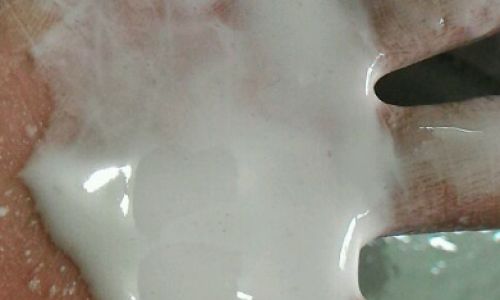
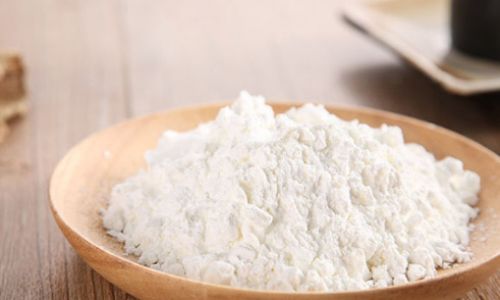
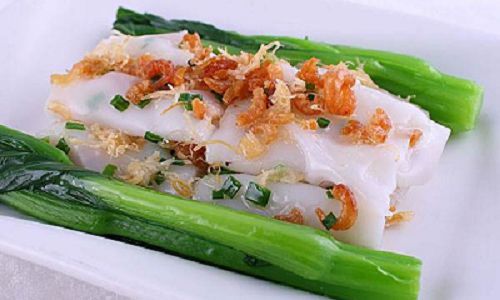
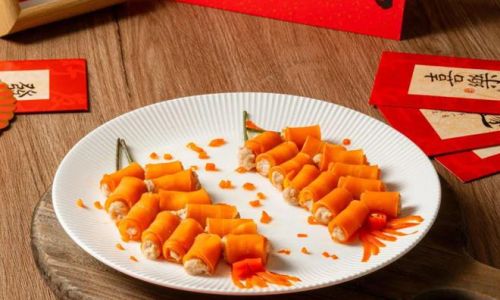

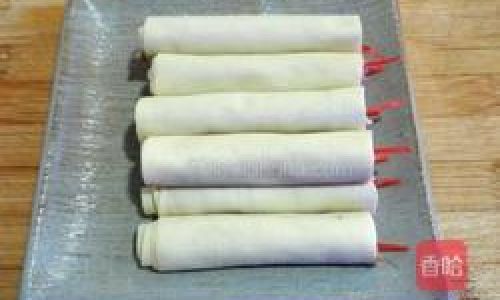
0 comments